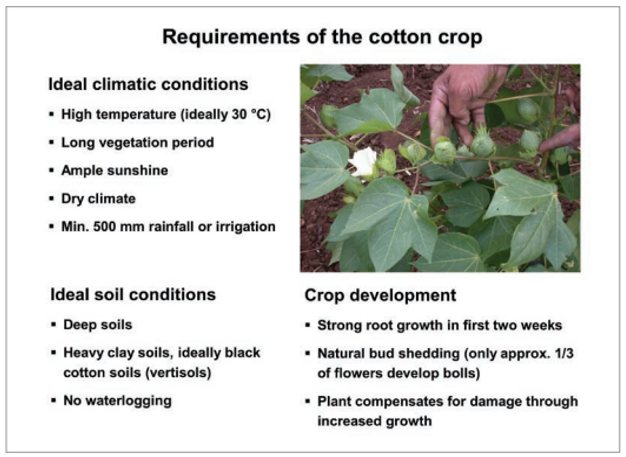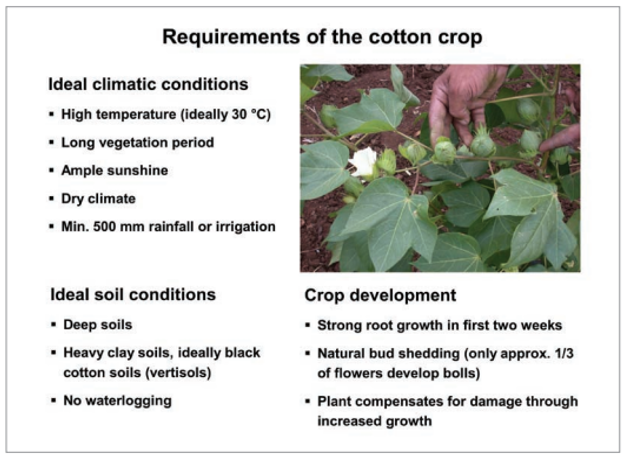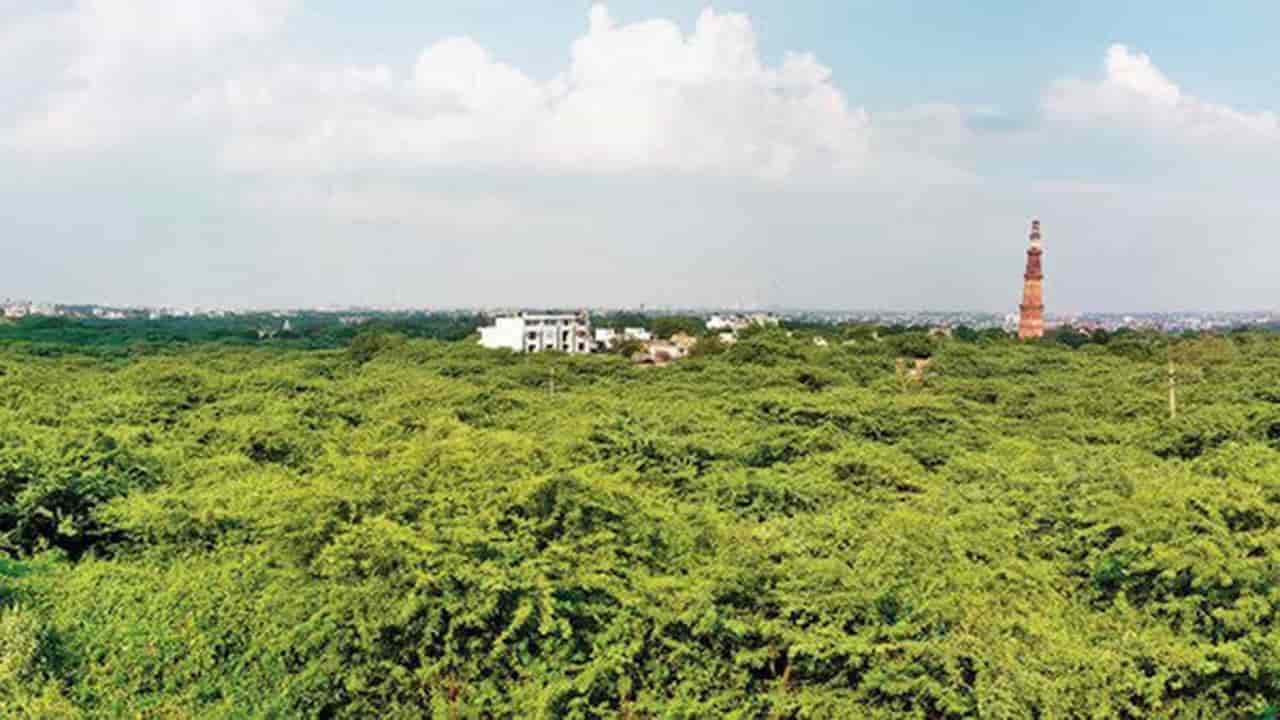- Courses
- GS Full Course 1 Year
- GS Full Course 2 Year
- GS Full Course 3 Year
- GS Full Course Till Selection
- Online Program
- GS Recorded Course
- NCERT (Recorded 500+ Hours)
- Polity Recorded Course
- Geography Recorded Course
- Economy Recorded Course
- AMAC Recorded Course
- Modern India, Post Independence & World History
- Environment Recoded Course
- Governance Recoded Course
- Science & Tech. Recoded Course
- International Relations and Internal Security Recorded Course
- Disaster Management Module Course
- Ethics Recoded Course
- Essay Recoded Course
- Current Affairs Recoded Course
- CSAT
- 5 LAYERED ARJUNA Mentorship
- Public Administration Optional
- ABOUT US
- OUR TOPPERS
- TEST SERIES
- FREE STUDY MATERIAL
- VIDEOS
- CONTACT US
Nurturing India’s Cotton Sector
Nurturing India’s Cotton Sector
12-08-2023

Latest Context:
Recently, the Union Textiles Minister highlighted the significant steps taken by the Indian government to empower cotton farmers and to promote the cotton sector.

Initiatives taken by Indian government for the development of the Cotton sector are:
- Technology Mission on Cotton (TMC): It was launched by the Indian government to enhance the productivity and quality of cotton cultivation. The mission focused on improving the yield potential of cotton through the adoption of advanced farming practices, improved seed varieties, pest management techniques, and mechanization.
- National Cotton Mission: This mission was aimed at enhancing the production, productivity, and quality of cotton through research, technology transfer, and capacity building. It aimed to address challenges faced by the cotton sector and improve the livelihoods of cotton farmers.
- Integrated Pest Management (IPM) in Cotton: The government promoted the adoption of integrated pest management practices to reduce the use of chemical pesticides in cotton cultivation. This initiative aimed to make cotton cultivation more environmentally sustainable and economically viable.
- Branding and Traceability: Indian government launched “Kasturi Cotton” to promote Indian cotton with a brand name. Aim is to ensure quality, traceability, and branding of the Indian cotton.
- National Mission on Agricultural Extension and Technology (NMAET): This mission aimed to provide extension services and technology to farmers, including those in the cotton sector. It aimed to bridge the gap between research and farmers' fields by facilitating the transfer of technology and knowledge.
- Rashtriya Krishi Vikas Yojana (RKVY): The RKVY was a scheme aimed at enhancing public investment in agriculture and allied sectors, including cotton farming. It aimed to promote overall development of agriculture by providing funds for infrastructure development, research, and extension services.
- Pradhan Mantri Fasal Bima Yojana (PMFBY): This was a crop insurance scheme designed to provide financial support to farmers in case of crop losses due to natural calamities, pests, or diseases. Cotton farmers were among those who could benefit from this scheme.
- Cotton Development and Research Centres: Various research centres and institutes were established by the government to conduct research on cotton production, disease management, pest control, and other aspects related to the cotton sector.
- Promotion of Organic Cotton Farming: The government promoted organic cotton farming practices to promote sustainable agriculture and meet the increasing demand for organic cotton in the global market.
What are the challenges faced by Cotton farmers in India?
- Pests and Diseases: Cotton crops are vulnerable to various pests and diseases, such as bollworms, aphids, whiteflies, and fungal infections. The overuse of pesticides can lead to pesticide resistance and environmental concerns.
- Lack of Irrigation: A significant portion of cotton cultivation in India is rain-fed, making it highly dependent on monsoon rains. Inadequate rainfall can lead to water stress and reduced yields.
- Low Productivity: Despite being one of the largest cotton producers globally, India's cotton yield per hectare remains relatively low due to factors such as outdated farming practices, inadequate access to quality seeds, and limited use of advanced technologies.
- High Input Costs: Cotton cultivation requires significant inputs like seeds, fertilizers, pesticides, and labour. Fluctuating input costs can put financial strain on farmers, especially smallholders.
- Debt and Financial Distress: Many cotton farmers, particularly small and marginal farmers, face issues of indebtedness due to crop failure, low prices, and inability to repay loans. This has led to unfortunate instances of farmer suicides in some cases.
- Market Price Fluctuations: Cotton prices can be volatile due to factors such as global demand and supply dynamics, changes in international trade policies, and fluctuations in currency exchange rates. Farmers may struggle to get fair prices for their produce.
- Access to Credit and Finance: Many cotton farmers lack access to formal credit systems, forcing them to rely on informal sources of credit at higher interest rates.
- Climate Change: Changing weather patterns, including unpredictable monsoons and extreme weather events, can adversely affect cotton cultivation. Heat stress, prolonged droughts, and increased pest pressure can damage crops.
- Labor Shortages: Cotton cultivation is labour-intensive and the migration of rural labour to urban areas in search of better opportunities has led to labour shortages during critical stages of cultivation.
- Genetically Modified (GM) Seeds: While Bt cotton, a genetically modified cotton variety resistant to certain pests, has been widely adopted in India, controversies and debates regarding its long-term impacts on farmer livelihoods, biodiversity, and the environment persist.
Conclusion:
- Addressing these challenges requires a comprehensive approach that involves improving access to quality seeds, promoting sustainable farming practices, enhancing market linkages, providing financial and technical support, and investing in research and development for crop improvement and pest management.
- Policymakers, agricultural experts, industry stakeholders, and farmers need to collaborate to create a more resilient and sustainable cotton farming ecosystem in India.
Must Check: IAS Coaching Centre In Delhi



